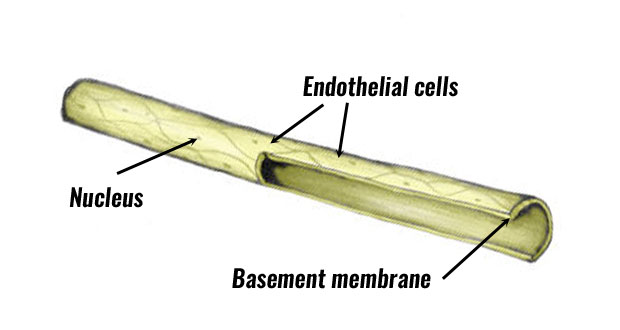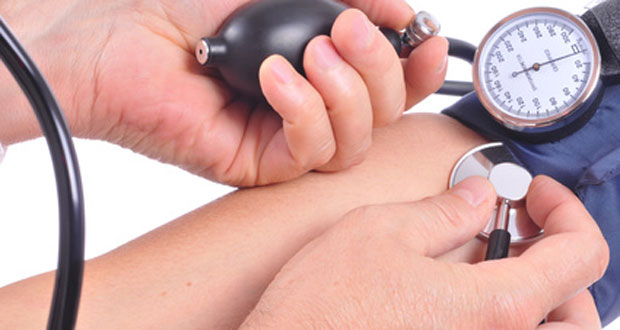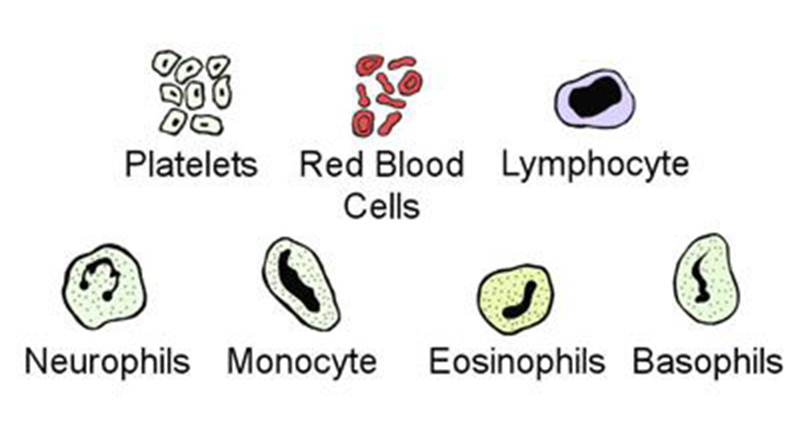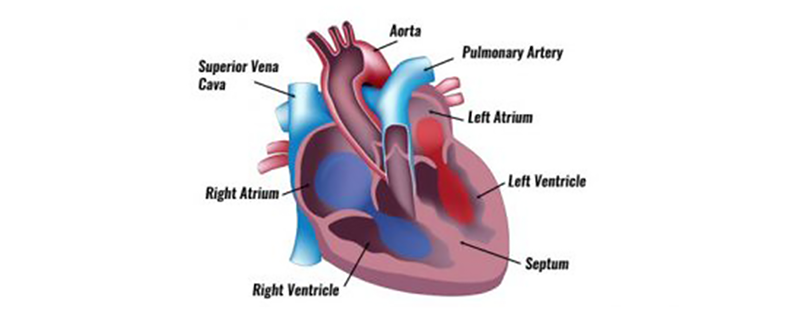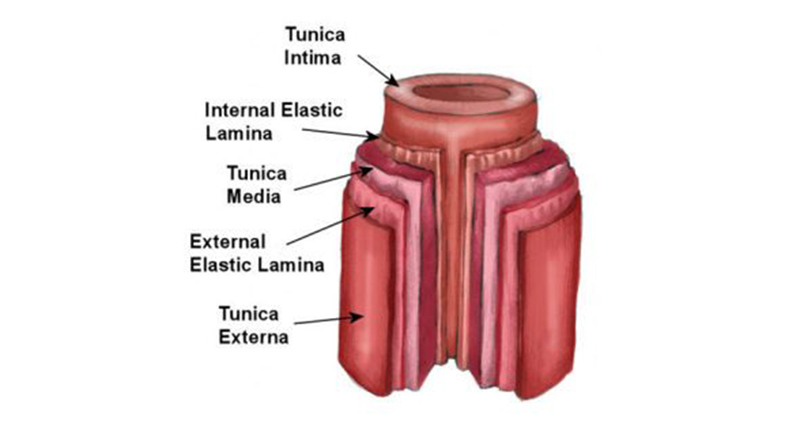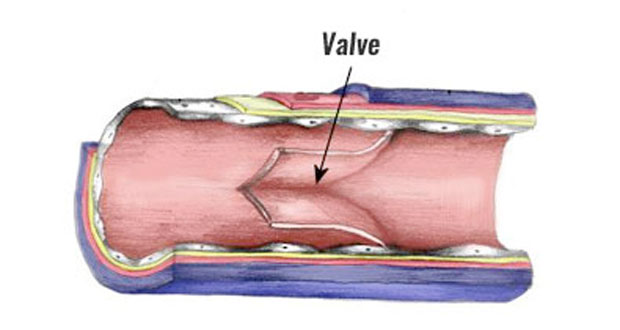Capillaries are the smallest of all blood vessels and form the connection between veins and arteries. As arteries branch and divide into arterioles and continue to reduce in size as they reach the muscle they become capillaries. Here the capillaries form a capillary bed, which is a vast expanse of very small vessels forming a network throughout the muscle.

However, unlike veins and arteries, their main function is not transporting blood. They are specially designed to allow the movement of substances, mainly gases Oxygen and Carbon Dioxide into and out of the capillary.
Gaseous exchange in the lungs
The oxygen carried within the red blood cells as Oxyhaemoglobin, at this point dissociates from the Haemoglobin and passes through the capillary wall into the muscle cells where it is ‘picked up’ by Myoglobin, the muscle cells equivalent to Haemoglobin. Oxygen can now be used in aerobic metabolism to provide the muscle with energy.
The waste product produced during aerobic metabolism is Carbon Dioxide. Due to the lower concentration of Carbon dioxide in the capillaries than the muscle tissue (especially during high levels of metabolism), there is a surge through the capillary wall. From here the blood continues into venules and then veins which return the deoxygenated and CO2-rich blood back to the heart and then on to the lungs where the CO2 is exhaled and more Oxygen is taken up.
Structure of Capillaries
Capillaries have very thin walls comprised only of endothelial cells, which allows substances to move through the wall with ease. Capillaries are very small, measuring 5-10 micrometres in width. However, the cross-sectional area of capillaries within an average size muscle would be larger than that of the Aorta. This allows a fast and efficient transfer of oxygen-carrying red blood cells to the site where they are needed.

